
A Developer Coffee Chat — Build Your First AI Agent
Grab your favorite cup of coffee and join us for a relaxed, hands-on build session where developers learn by doing. In this 30-minute coffee chat, we’ll walk through building an AI agent from scratch — live. We’ll start simple with a “Hello World” agent focused on building a tiny agent to understand the basics of orchestration. From there, we’ll take it a step further by bringing a human into the loop to make the workflow collaborative and dynamic. It’s a practical way to see how real-world agentic systems blend automation, reasoning, and human judgment.
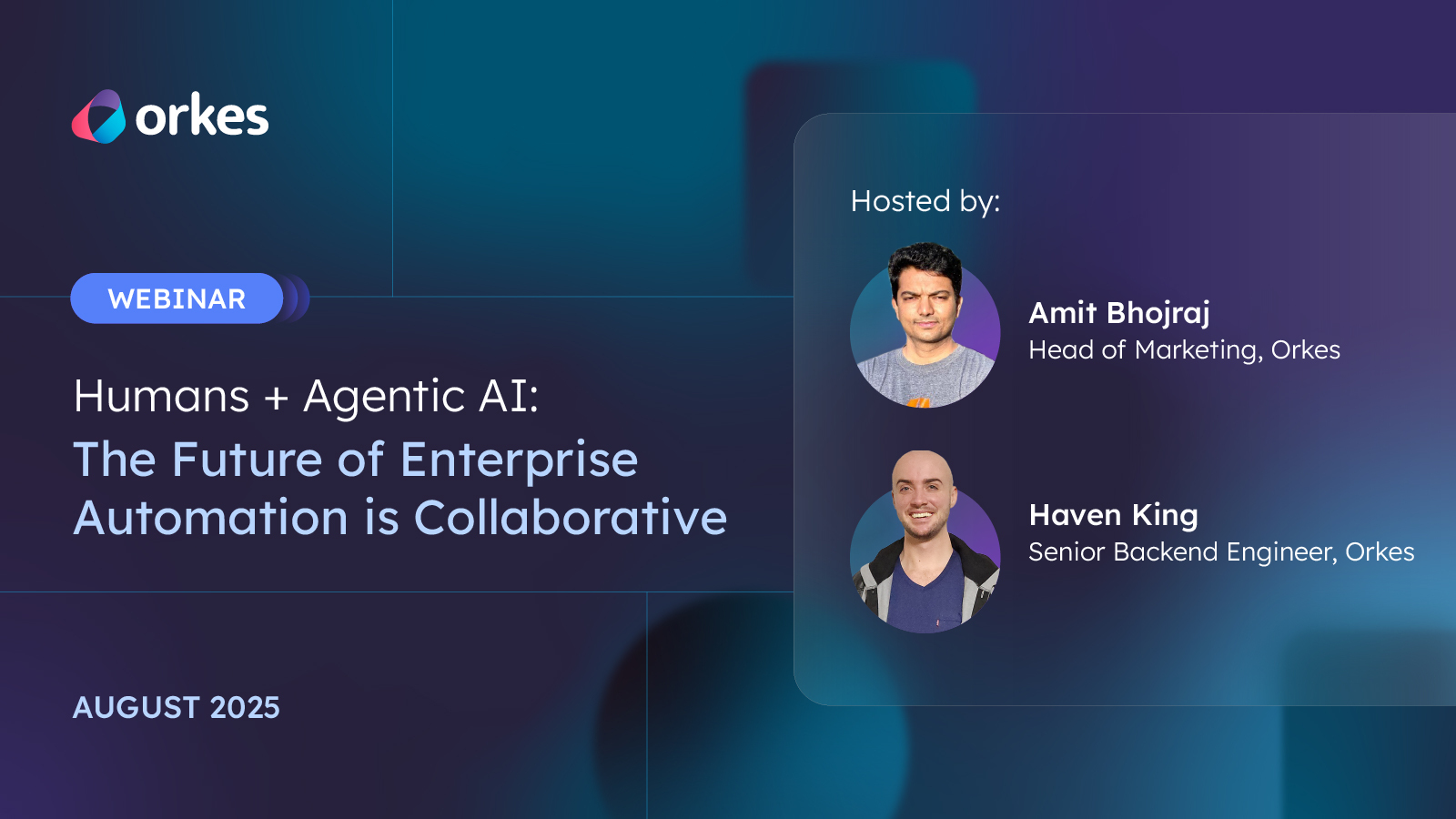
Human Expertise Meets Agentic AI. Are You Ready?
As companies adopt agentic AI, the challenge isn’t just writing smarter prompts, it’s building guardrails to keep AI aligned, cost-effective, and accountable. In this session, you’ll see why a workflow engine is critical for orchestrating human-in-the-loop decisions, approvals, and escalations, and how prompt engineering with safeguards like token budgeting, fallback paths, and auditability enables orchestration that drives results without compromising safety.
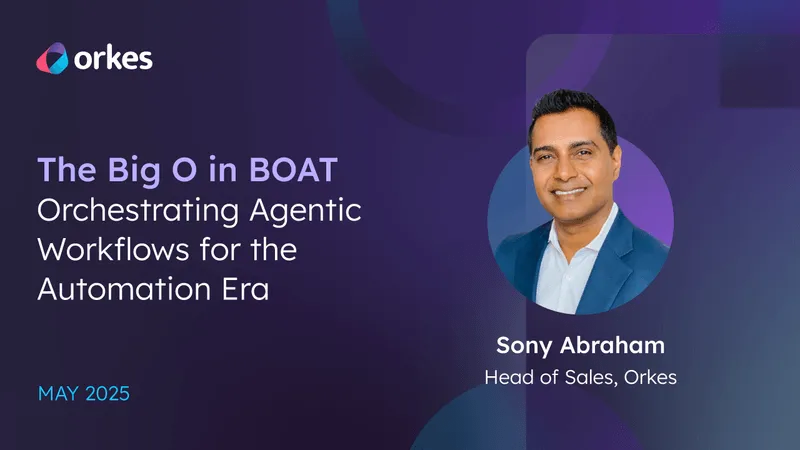
Gartner Summit Feature: Enterprise-Ready Orchestration at the Heart of BOAT
In the BOAT era, orchestration is the critical "O" that connects fragmented automation into a cohesive, intelligent system. As tech debt rises and enterprises struggle with siloed tools and operational inefficiencies, Orkes provides a modern foundation. Built on the proven Conductor open-source engine, Orkes seamlessly coordinates APIs, microservices, AI agents, and human workflows. It doesn't just automate — it orchestrates.
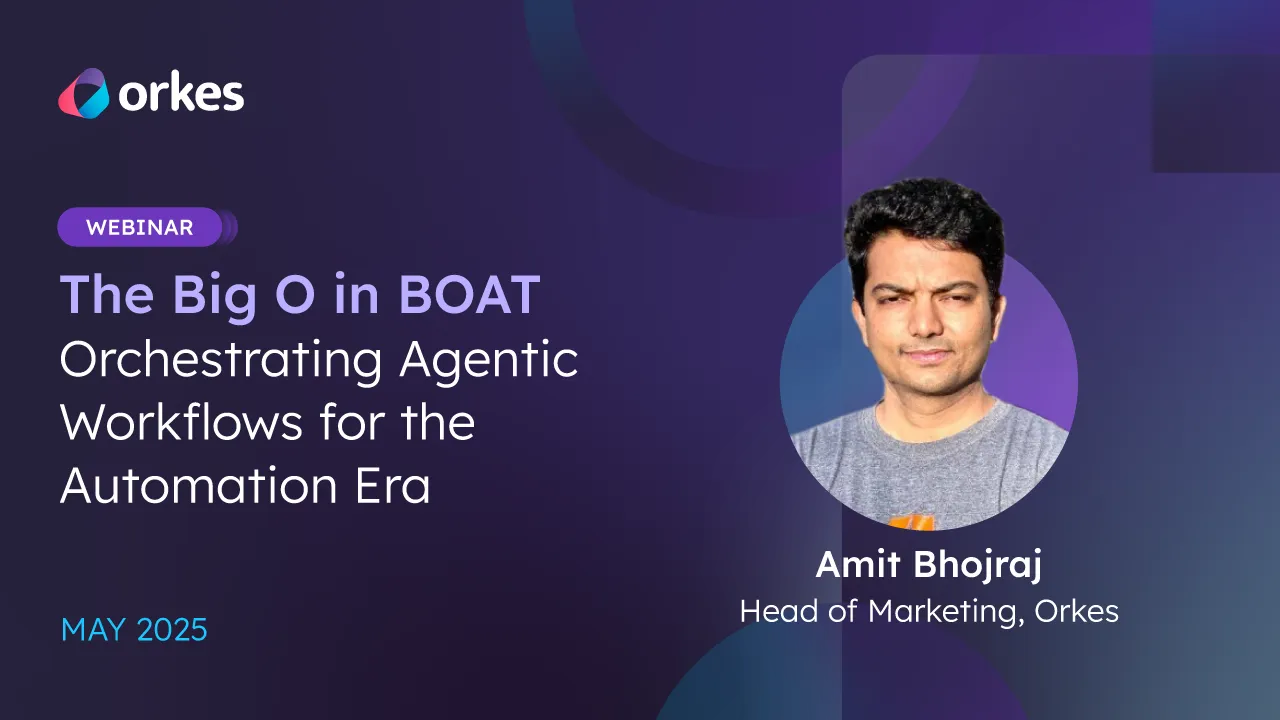
The Big O in BOAT: Orchestrating Agentic Workflows for the Automation Era
As enterprises adopt AI, RPA, and integration platforms at scale, they face a growing challenge: fragmentation. BOAT—Business Orchestration and Automation Technology—is Gartner’s call to unify these disconnected efforts. At the heart of this convergence lies the “Big O”: Orchestration.
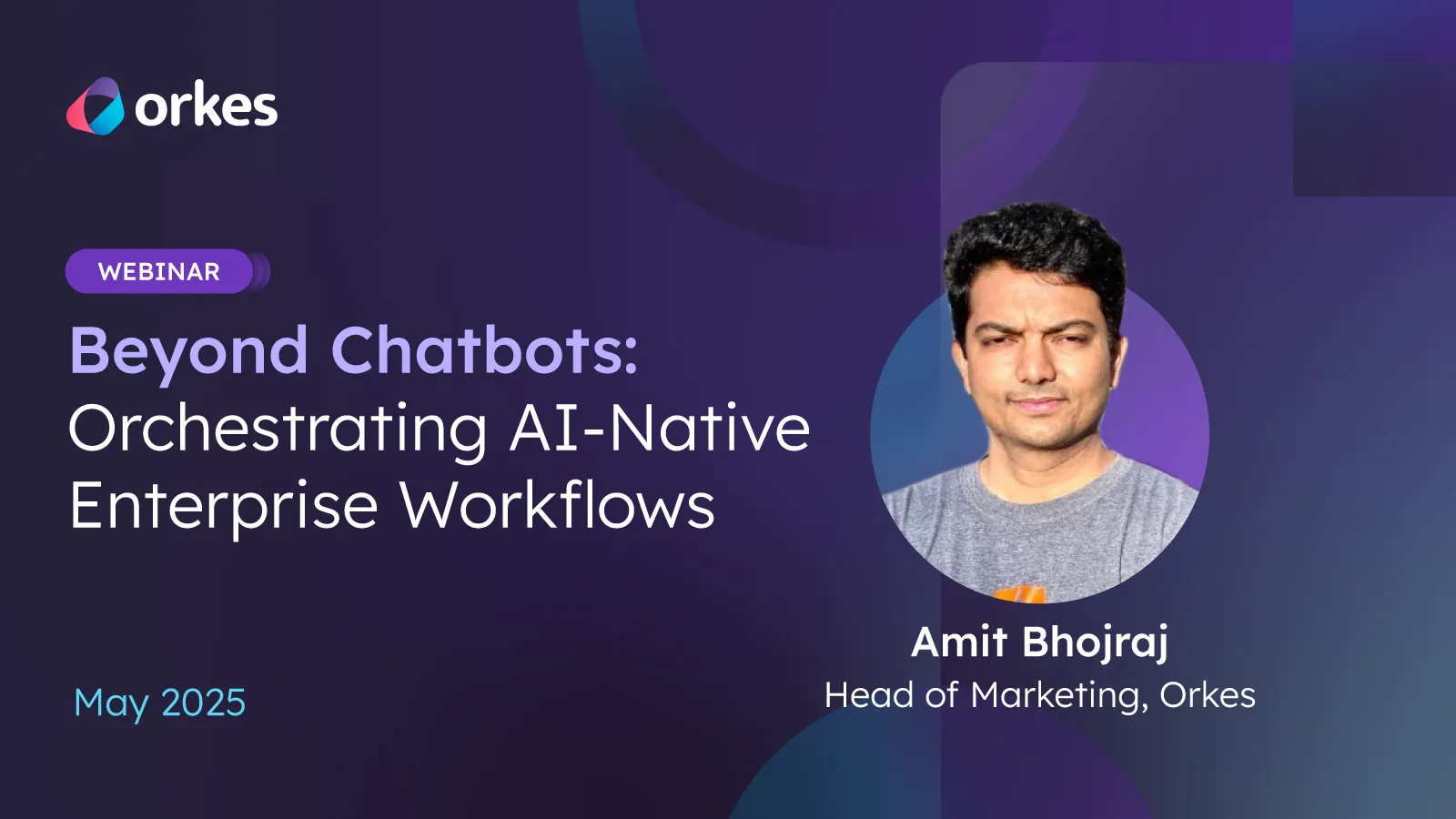
Beyond Chatbots: Orchestrating AI-Native Enterprise Workflows
As enterprises adopt AI, RPA, and integration platforms at scale, they face a growing challenge: fragmentation. BOAT—Business Orchestration and Automation Technology—is Gartner’s call to unify these disconnected efforts. At the heart of this convergence lies the “Big O”: Orchestration.
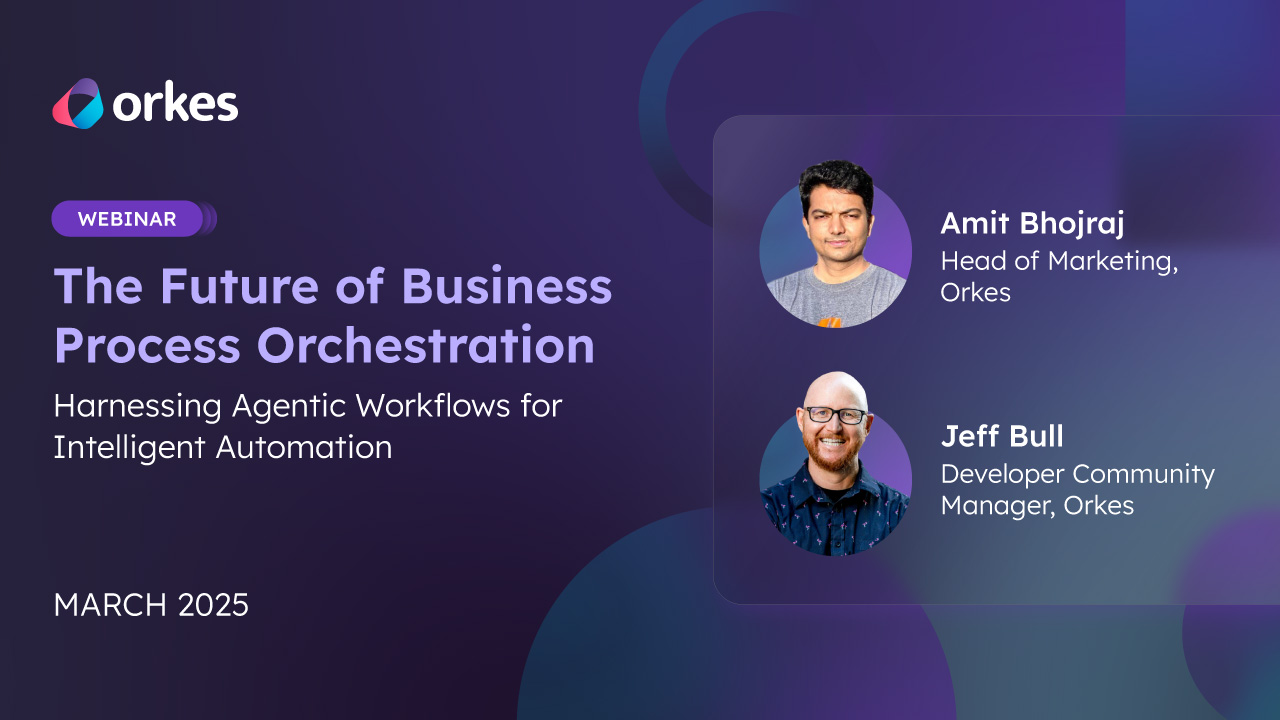
The Future of Business Process Orchestration: Harnessing Agentic Workflows for Intelligent Automation
Digital transformation is no longer just an aspiration—it’s a necessity. Yet, many organizations struggle with fragmented automation, rigid BPMN tools, and siloed workflows that hinder scalability and efficiency.
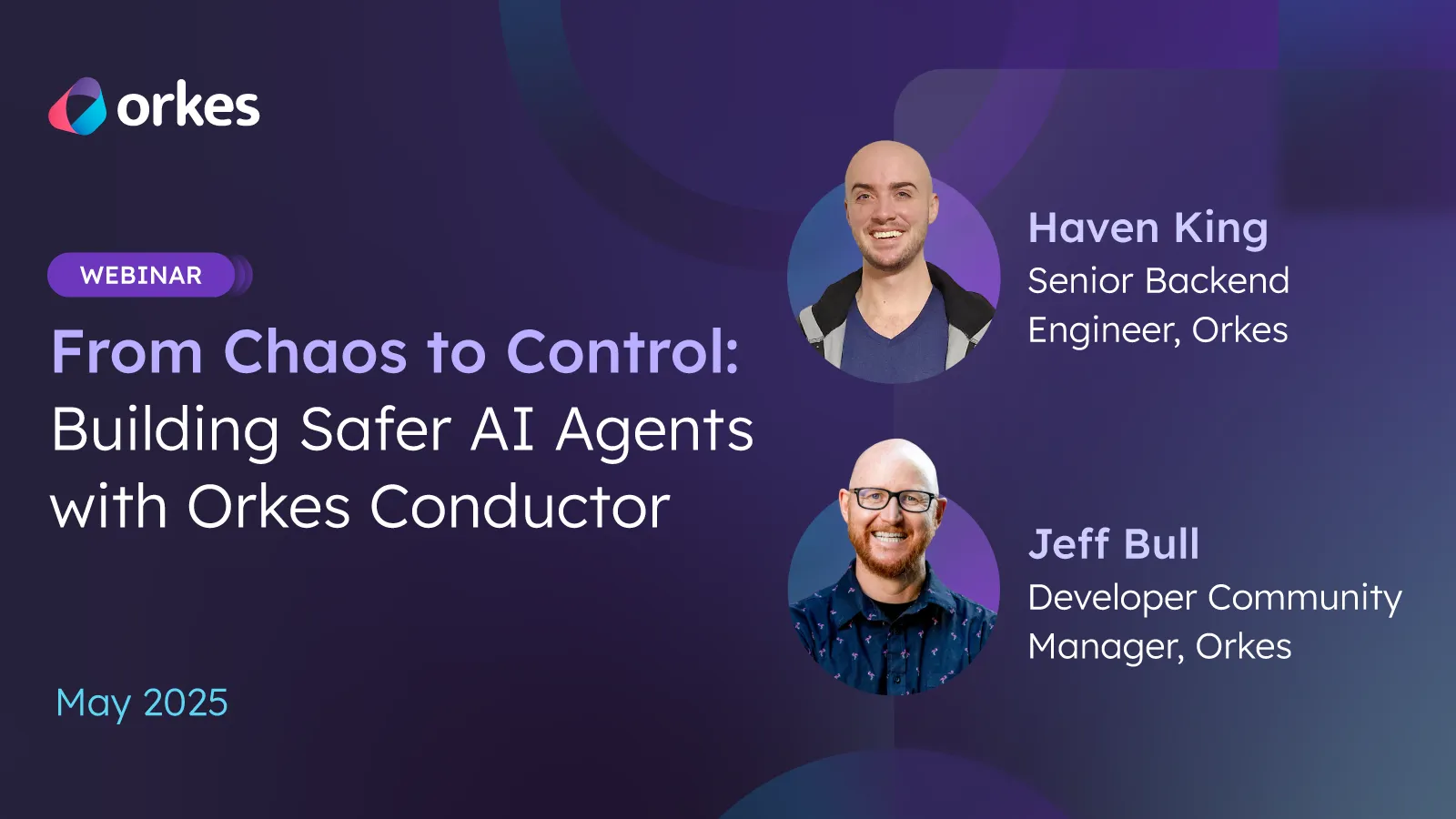
From Chaos to Control: Building Safer AI Agents with Orkes Conductor
AI agents unlock new levels of autonomy and innovation — but as their capabilities grow, so does the need for structure, visibility, and governance. Enter agentic workflows: a better way to orchestrate AI decision-making with visibility, traceability, and control.
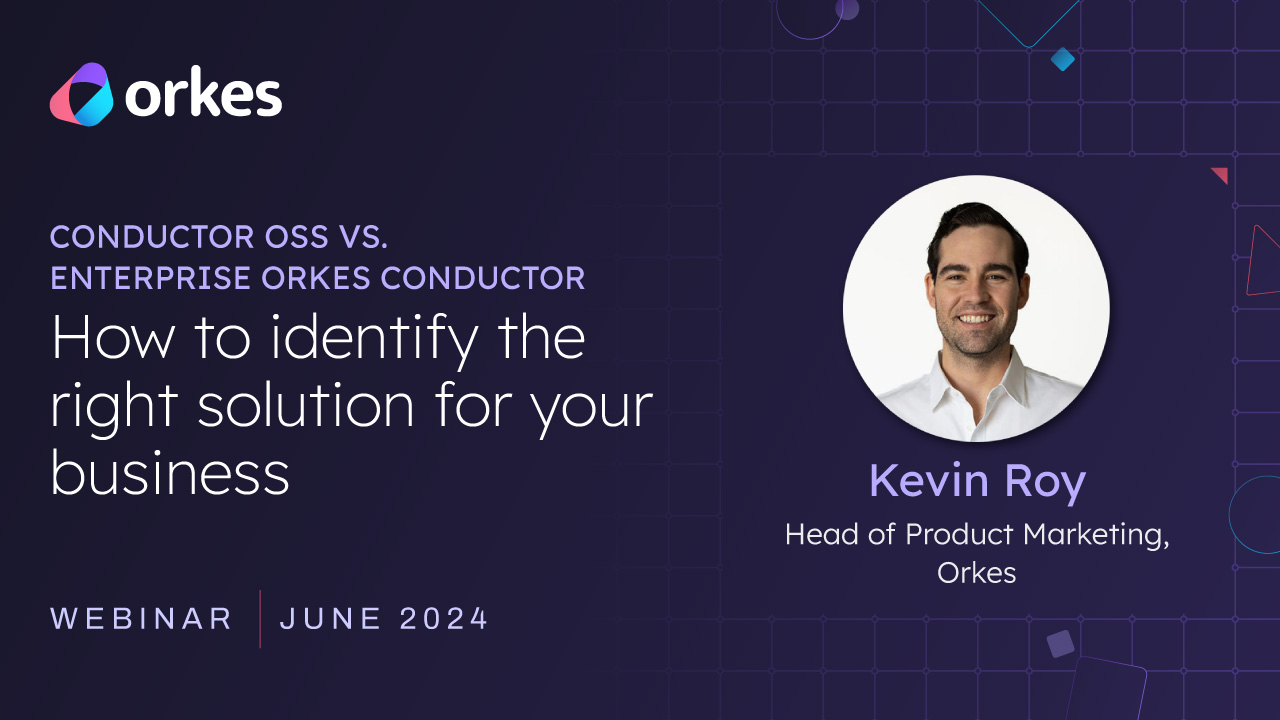
Conductor OSS Vs. Enterprise Orkes Conductor: How to identify the right solution for your business
Compare Orkes Conductor and Conductor OSS accompanied by an in depth look into the respective features and capabilities.








